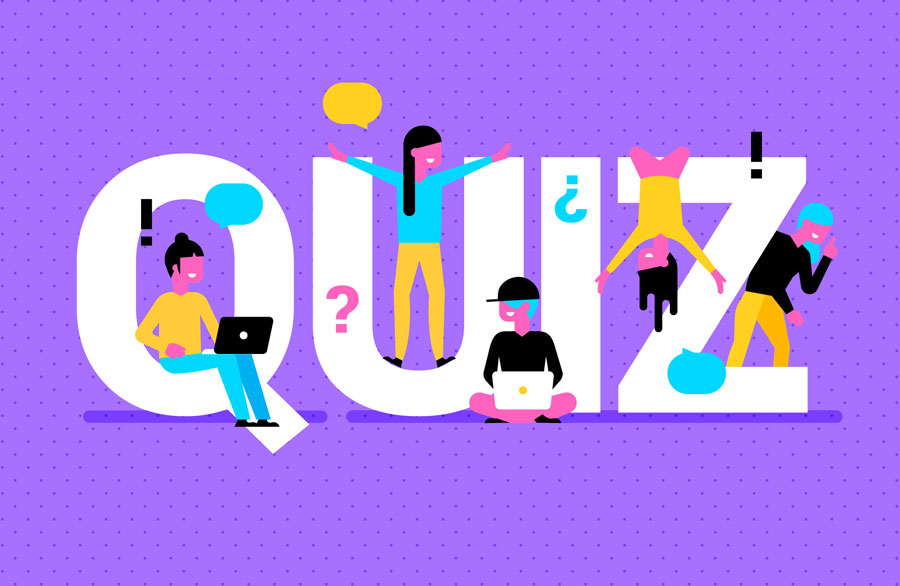By age 3, many kids are talking, playing, and showing big strides in independence. But for some parents, this is also the age when developmental differences become more noticeable. If you’re concerned about your 3-year-old’s communication, behavior, or social development, this 3-year-old autism quiz can help you organize your observations and take the next step with confidence.
This quiz is not a diagnostic tool, but it will highlight areas to discuss with your pediatrician. From there, formal screening tools like the M-CHAT-R/F and CAST will give you more clarity.
Quick Quiz: 12 Early Signs of Autism to Look for at 3
Answer each question based on your child’s typical behavior over the past few weeks. Use “Yes,” “No,” or “Not Sure.”
- Does your 3-year-old use short sentences of three or more words?
- Does your 3-year-old respond to their name when called?
- Does your 3-year-old point to show you something interesting?
- Does your 3-year-old pretend during play (like cooking or feeding a doll)?
- Does your 3-year-old enjoy playing near or with other children?
- Does your 3-year-old make eye contact when talking or playing?
- Does your 3-year-old copy actions or words that you or others do?
- Does your 3-year-old handle small changes in routine without getting very upset?
- Does your 3-year-old show interest in people more than objects?
- Does your 3-year-old react normally to sounds, textures, lights, or pain?
- Does your 3-year-old manage transitions (like leaving the house) without extreme distress?
- Does your 3-year-old use gestures, facial expressions, or words to communicate wants or feelings?
What Your Answers Mean
At age 3, children are developing rapidly — and there’s a wide range of what’s considered typical. Some children are chatty and social; others are quieter, more cautious, or focused on independent play. A few “No” answers on this quiz may simply reflect personality, temperament, or timing. What matters most is the overall pattern.
This quiz isn’t a diagnostic tool, but it can help you notice areas where your child may need extra support. The goal isn’t to label, but to guide your next conversation with your pediatrician.
Mostly Yes: Your child appears to be meeting many of the social, language, and play milestones typical for this age. Continue nurturing development through conversation, pretend play, and reading together.
Several No or Not Sure: These may indicate areas to keep an eye on — such as speech, eye contact, or flexibility with change. It’s a good time to ask your pediatrician about completing a validated screening tool like the M-CHAT-R/F, which is designed to identify early signs of autism or developmental delays.
Many No or Not Sure: Consistent challenges with communication, social engagement, or adaptability may suggest it’s time for a formal evaluation. Early screening doesn’t mean an automatic diagnosis — it’s a step toward understanding your child’s strengths and getting the right support early.
Remember: even if screening shows no signs of autism, early intervention services can still help with speech, social skills, or sensory needs. The goal is to give your child the best possible foundation for learning, connection, and confidence.
What Are The Best Autism Screening Tools For 3-year-olds?
M-CHAT-R/F (Modified Checklist for Autism in Toddlers, Revised with Follow-Up)
The M-CHAT-R/F is considered one of the most common screening tools for a 3-year-old, especially for children under 3.5 years. It consists of 20 parent-report questions and a follow-up interview to clarify concerns.
Pediatricians use the M-CHAT-R during 18- and 24-month well-child visits, but it’s still relevant for children up to 3 years old.
CAST (Childhood Autism Spectrum Test)
The CAST is for children 4 to 11. While it may be used for children approaching 4, it’s not recommended for younger preschoolers or toddlers. If your child is 3.5 or older, your provider may suggest it, but for most 3-year-olds, the M-CHAT-R/F is the better tool.
Both tools are research-based and used by pediatricians, psychologists, and early intervention programs. They don’t give a diagnosis, but they are the best way to determine if a full autism assessment is needed.
Why Early Screening at 3
Research shows that acting early leads to better outcomes. At 3 years old, your child’s brain is still developing rapidly. The earlier support services like ABA therapy, speech-language therapy, or occupational therapy begin, the more progress your child can make.
Even if a screening doesn’t lead to an autism diagnosis, it may highlight other areas, like language or motor development, where support can still make a difference.
How Cultivate BHE Can Help
At Cultivate Behavioral Health & Education, we help families navigate every step of the screening and evaluation process. Whether you’re unsure how to interpret M-CHAT or CAST results or you’ve already received a referral and need ABA services, we’re here to guide and support you.
We offer:
- M-CHAT or CAST result interpretation
- In-home or clinic ABA therapy services
- Individualized support plans
- Training/education and support for parents and caregivers
Get Started: Take the Autism Screening
If you’re unsure about your 3-year-old autism quiz answers, don’t wait. The M-CHAT-R/F is quick, free, and research-based. Share your concerns and quiz answers with your pediatrician and ask to do the M-CHAT-R/F. From there, your care team can determine if a full evaluation is needed.
Early action equals better outcomes, and more support for your child’s learning, connection, and growth.
Contact us at Cultivate Behavioral Health & Education to learn how we can help your family move forward.


